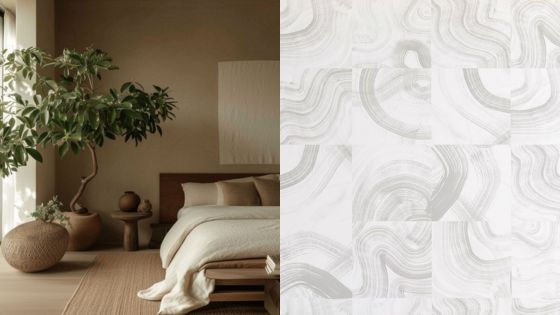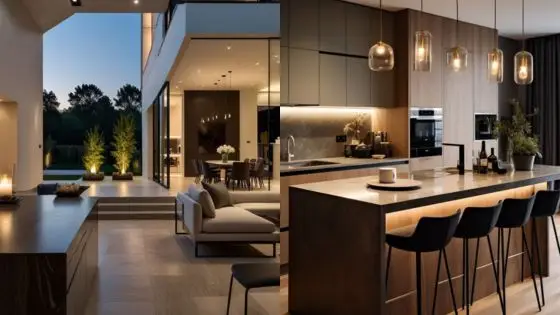German industrial design is known around the world for its precision, functionality, and lasting quality. If you’ve ever admired the clean lines of a Braun appliance or the innovative form of a classic lamp, you’ve already seen the impact German designers have had on everyday life. From the mid-20th century to today, a commitment to clarity and ease of use has shaped this design tradition, with influential figures like Dieter Rams setting standards that are still followed globally.
As you explore the story behind German industrial design, you’ll discover how a focus on craftsmanship and practical solutions has led to countless iconic products. From training at top universities to the work of leading studios, Germany remains at the forefront of design innovation, blending tradition and modernity.
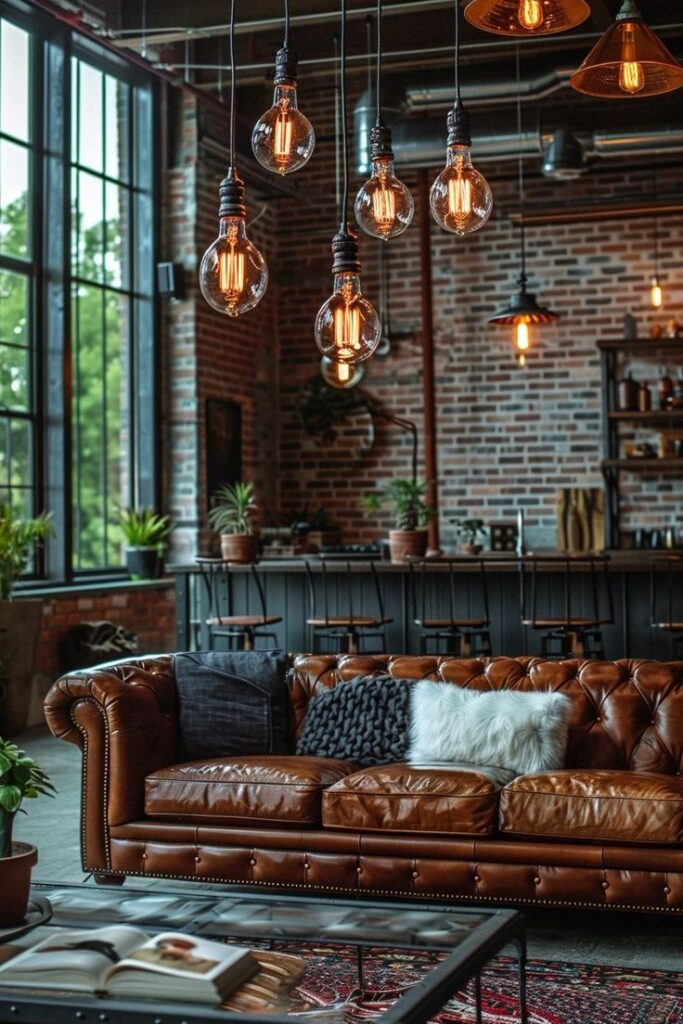
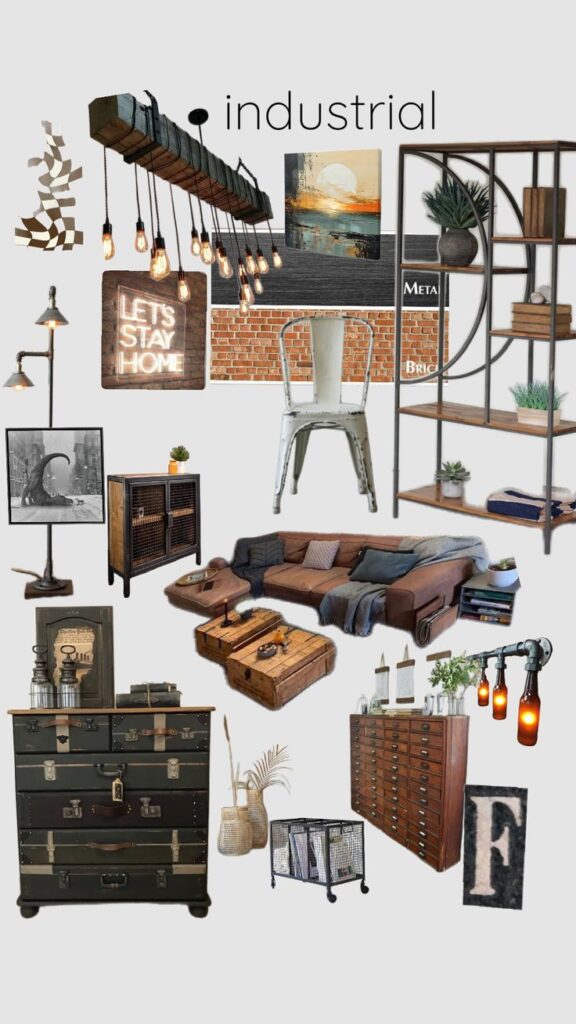
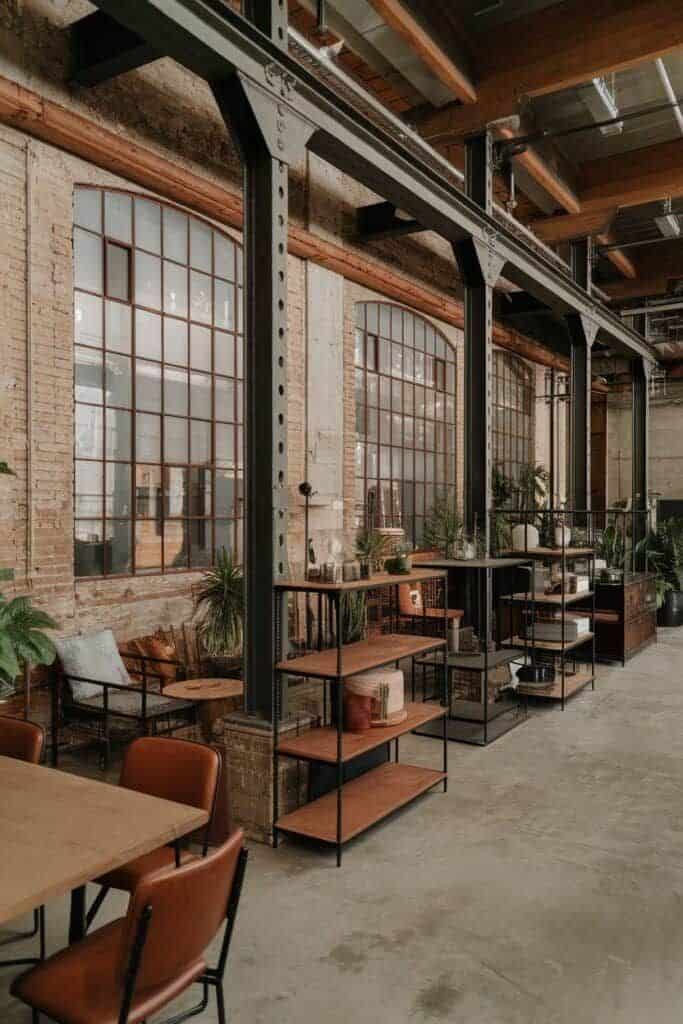
Key Takeaways
- German industrial design stands out for quality and function.
- Influential designers and educational institutions shape the field.
- Its practical approach impacts products and design standards worldwide.
Defining German Industrial Design
German industrial design is known for its clear focus on usability, aesthetics, and technological excellence. Its influence stems from a blend of cultural heritage, commitment to function, and innovative engineering.
Core Principles and Characteristics
When you think of German industrial design, functionality stands out. Every part of a product is purposeful. There’s a strong belief that form follows function, an idea deeply rooted in the Bauhaus school. Items are designed to be efficient, reliable, and intuitive to use.
German products often have a minimalist aesthetic. Shapes are clean, forms are straightforward, and unnecessary decoration is avoided. This approach conveys a sense of order and clarity. Durability and ergonomics are equally important. Whether it’s a household appliance or a car, the design is intended to stand the test of time and remain comfortable during use.
Practicality extends to economic considerations, too. Designers balance aesthetics with cost-effective manufacturing. The focus is on creating mass-producible goods without sacrificing quality or visual appeal.
Key traits of German industrial design:
- Clarity of form
- Practical function
- Long-lasting materials
- Ergonomic comfort
- Minimal ornamentation
Role of Industry and Technology
Germany’s reputation as an industrial powerhouse shapes the way design evolves. Advanced industries and strong engineering traditions aren’t just backdrops—they’re integral to the process. You’ll find a close collaboration between designers and engineers, especially in sectors like automotive, electronics, and machinery.
Technological innovation is central. New manufacturing techniques, such as precision metalworking and modular construction, have allowed German designers to push the boundaries of what’s possible. This is evident in products from established brands such as BMW, Braun, and Siemens.
Table: Examples of Industry-Driven German Design
| Company | Sector | Design Hallmarks |
|---|---|---|
| Braun | Appliances | Simplicity, tactile controls |
| BMW | Automotive | Engineering focus, clean lines |
| Siemens | Electronics | User-friendliness, durability |
You’ll notice traditions like craftsmanship and cutting-edge tech go hand in hand. This partnership ensures German industrial design stays globally relevant and distinctive.
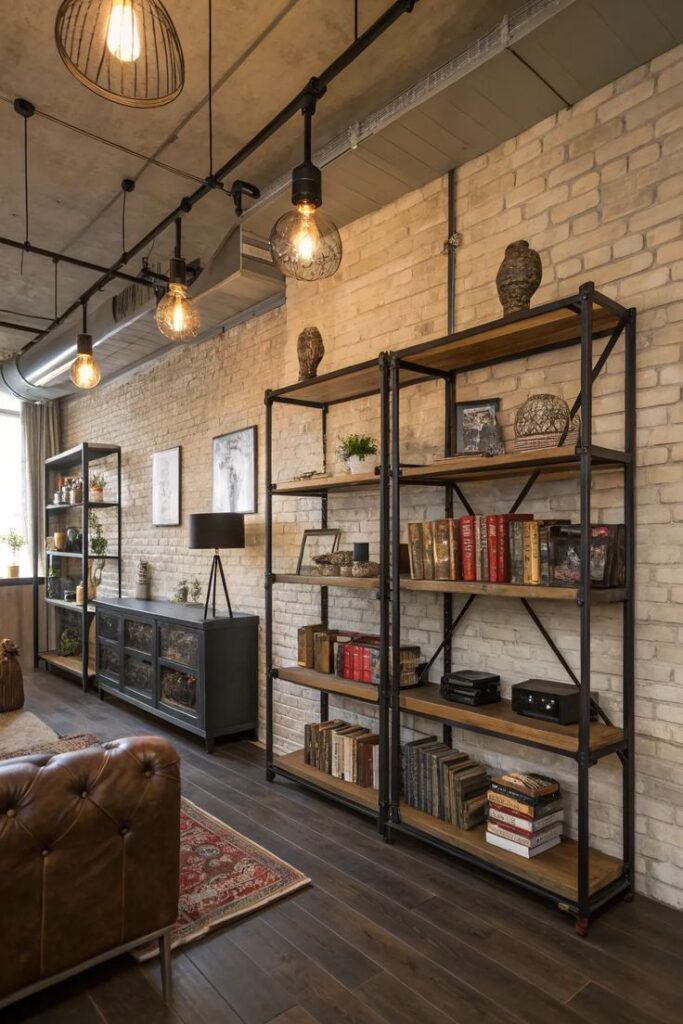
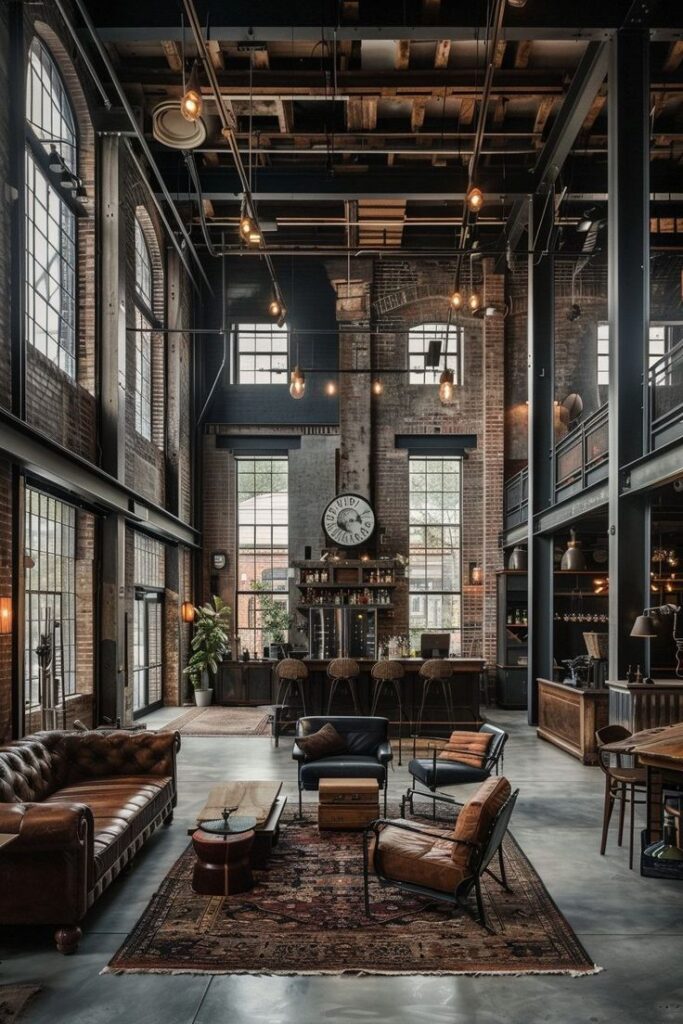
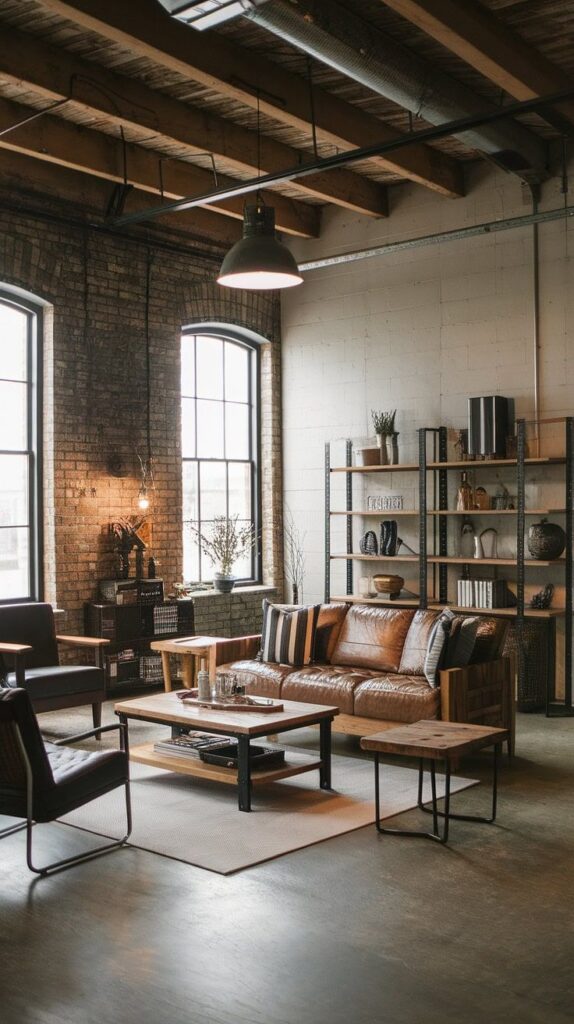
Historical Development and Key Influences
German industrial design developed through a series of distinct phases shaped by historical events, cultural shifts, and technological progress. The following sections highlight how German thinking about design moved from industrial roots to modernist breakthroughs and then to postwar reinvention.
Origins and Early Innovations
German industrial design began to take shape during the 19th century, as the country underwent rapid industrialization. Unlike Britain, where textiles led the way, Germany focused on industries like coal, steel, and railroads. These sectors required machinery, tools, and buildings that prioritized efficiency and durability.
Designers and engineers in Germany emphasized function and precision. Products such as machine tools, railway equipment, and industrial interiors were built for reliability rather than ornamentation. Institutions like the Deutscher Werkbund, founded in 1907, promoted the integration of art, industry, and craftsmanship. This movement influenced how you might see German products: practical, robust, and thoughtfully crafted.
Early German design also saw the adoption of new materials and production methods. The country’s reputation for technical excellence began during this era, establishing a foundation for later developments in industrial design.
Bauhaus Movement and Modernism
The Bauhaus school, established in 1919 in Weimar, stands as a turning point in German industrial design. Bauhaus emphasized “form follows function,” minimalism, and the unification of art, technology, and everyday life. Its approach redefined everything from furniture to buildings.
You’ll notice how Bauhaus designs often feature clean lines, geometric shapes, and a lack of unnecessary decoration. The school’s influence spread internationally, affecting not only architecture but also the entire field of industrial design. Bauhaus instructors like Walter Gropius and Ludwig Mies van der Rohe encouraged experimentation with steel, glass, and other modern materials.
Through Bauhaus ideals, German industrial design became synonymous with clarity and usability. Everyday items—from lamps to chairs—were produced with both user needs and manufacturing efficiency in mind, principles that remain central to German design today.
Postwar Transformation and West German Culture
After World War II, Germany’s design sector played a crucial role in redefining national identity, especially in West Germany. Industrial design became a symbol of progress and recovery. You could see this in the clean, functional shapes of postwar consumer products and architecture.
West German companies focused on mass production, adopting advanced manufacturing techniques and integrating modern aesthetics. Brands such as Braun and Volkswagen became leaders in applying design thinking to appliances and vehicles. Designers like Dieter Rams promoted principles of clarity, simplicity, and honesty in product design.
State institutions—like the German Design Council—supported these efforts. Their work emphasized that good design was not just an artistic pursuit, but a vital part of economic and social rebuilding. The emphasis on function, longevity, and minimalism continued to define German design throughout the late 20th century.
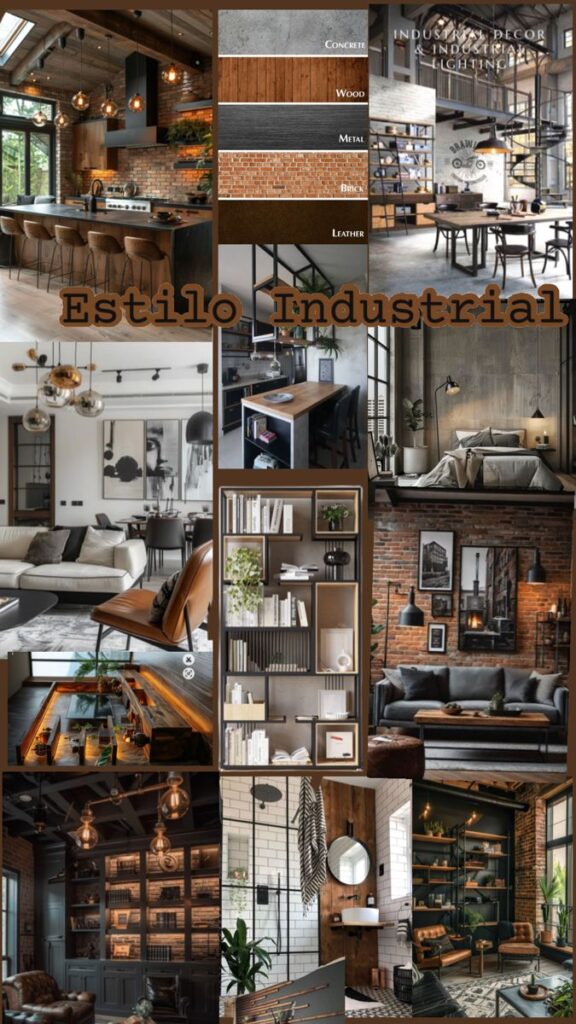
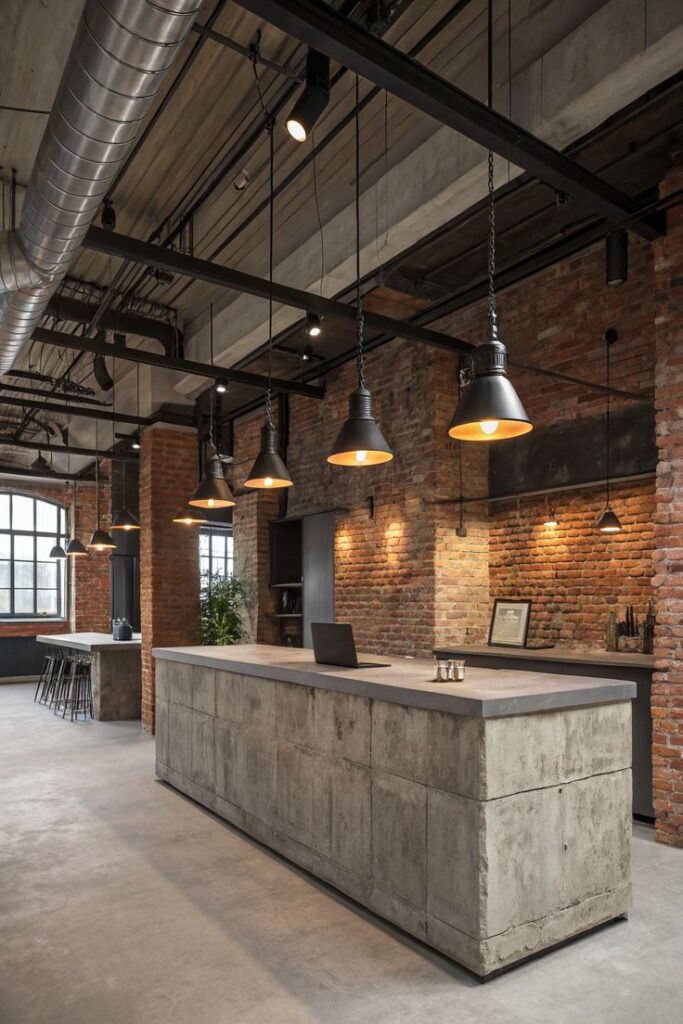
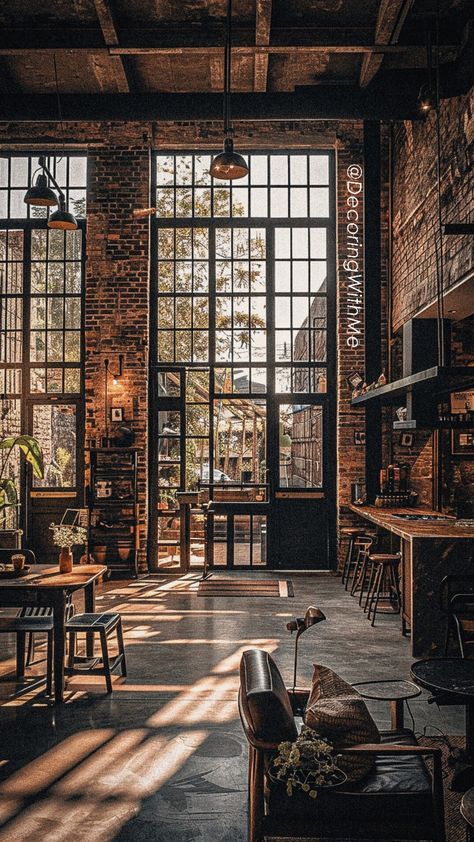
Iconic Designers and Architects
Germany has produced some of the most influential designers and architects in modern industrial history. Their collaborative efforts, lasting impact, and evolving philosophies have shaped everything from architecture to household products.
Pioneering Figures in Design
You’ll find names like Peter Behrens, Walter Gropius, and Dieter Rams at the heart of German industrial design. Behrens is widely regarded as a forerunner of the Bauhaus movement, notable for his work in industrial building and modern German design.
Walter Gropius founded the Bauhaus school. He revolutionized how art, craft, and technology were linked, paving the way for functional yet striking designs. These principles influenced generations of architects and product designers.
Dieter Rams, a leading figure at Braun and Vitsœ, focused on minimalism. His philosophy of “less, but better” underpinned consumer products that emphasized usability and restraint. Rams’ approach continues to define modern product design and inspires countless professionals today.
Impact of Collaborations Between Designers and Architects
In Germany, collaboration between architects and designers historically bridged the gap between industrial production and art. For example, the Bauhaus movement thrived because architects like Gropius worked closely with artists and craftspeople.
You’ll notice this in the integration of bold structures with practical materials, resulting in efficient yet visually compelling buildings and products. Bruno Taut and Mies van der Rohe also collaborated with engineers and manufacturers to bring innovative housing and commercial buildings to life.
This interdisciplinary teamwork encouraged the creation of well-designed objects, furniture, and environments. Such partnerships made German design synonymous with quality, simplicity, and functionality across a wide range of disciplines.
Role of Contemporary German Designers
Modern German designers continue this legacy by blending tradition with new technology. Brands like Zeitraum and individuals such as Stefan Diez explore sustainable materials and digital design techniques in their work.
Today, you’ll see contemporary designers balancing environmental concerns with aesthetics and user experience. Minimalist approaches, inspired by figures like Rams, remain popular. Yet, there is a stronger emphasis on eco-friendly innovation and global collaboration.
Current German designers also shape international trends in furniture, automotive, and technology sectors. Their commitment to clarity, usability, and material quality ensures that German design remains relevant and admired worldwide.
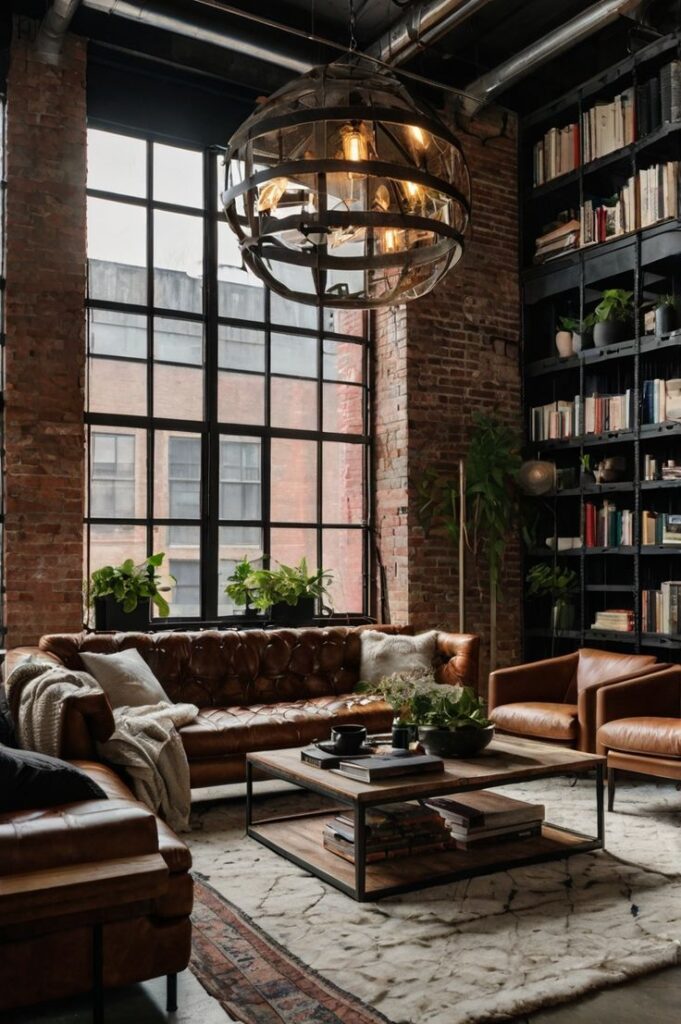
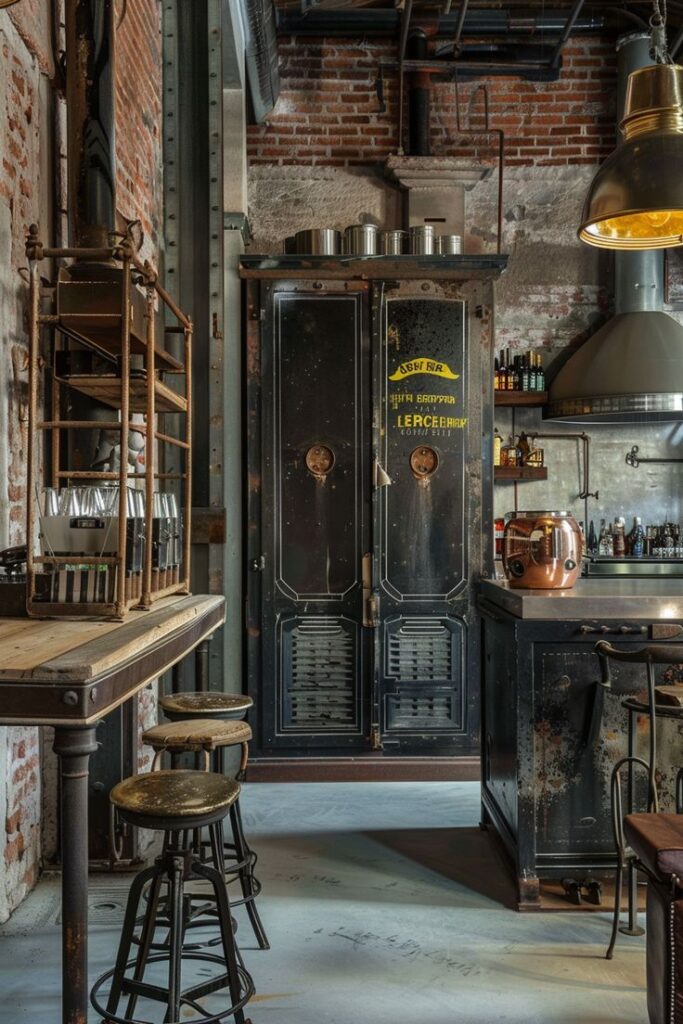
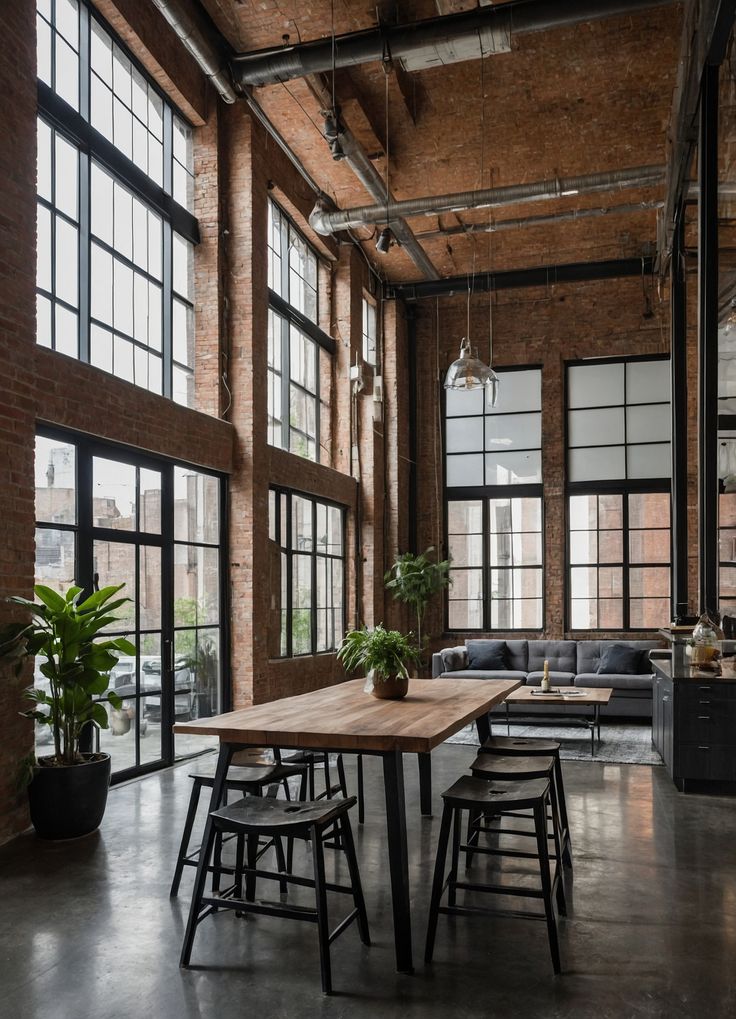
Institutions, Companies, and Education
Germany is well recognized for its strong industrial design sector, innovative firms, and robust education system. You’ll find opportunities rooted in both established organizations and cutting-edge academic programs.
Renowned German Industrial Design Companies
Many world-leading companies have shaped the industrial design landscape in Germany. Braun is known for its minimalistic approach and influential products designed by Dieter Rams. Siemens and Bosch combine engineering with functionality, producing everything from consumer electronics to sophisticated home appliances.
Volkswagen, BMW, and Mercedes-Benz stand out in automotive design, focusing on both performance and aesthetics. In homeware and consumer goods, WMF and Zwilling have long reputations for quality and style.
These firms often collaborate closely with design studios and freelance designers. Opportunities for internships and partnerships arise frequently, making it an accessible field for new talent.
Educational Pathways and Top Universities
Germany offers a variety of well-established academic routes for aspiring industrial designers. You can enroll in English-taught and German-taught programs at both universities and universities of applied sciences.
Notable universities include:
| University Name | City | Specialized Programs |
|---|---|---|
| Technical University of Munich | Munich | Product/Industrial Design |
| Stuttgart State Academy of Art | Stuttgart | Industrial/Product Design |
| HfG Offenbach | Offenbach | Design, Art, and Media |
| University of the Arts Berlin | Berlin | Design |
| Hochschule für Gestaltung Schwäbisch Gmünd | Schwäbisch Gmünd | Industrial Design |
Coursework often combines studio practice with engineering and business modules. Most degrees last 3-4 years at the undergraduate level, and partnerships with companies for internships are common.
Professional Organizations and Associations
You can enhance your career and network by engaging with reputable organizations such as the German Design Council (Rat für Formgebung) and the Association of German Industrial Designers (VDID). These groups set standards for professional conduct and provide resources for further learning.
Membership in these organizations allows you access to conferences, design competitions, and industry contacts. The German Design Award is a nationally recognized prize supported by these associations and highlights emerging trends and exemplary work.
Connecting through these platforms often leads to broader collaboration in Germany’s design community, helping you stay current with developments and best practices.
Design Registration, Legal Considerations, and Global Impact
Germany’s approach to industrial design involves clear registration procedures, careful legal protections, and participation in international systems. Your ability to secure, enforce, and expand design protection depends on understanding these frameworks and following current trends, including sustainability.
Protecting Industrial Design in Germany
To protect your industrial design in Germany, you’ll need to register it with the German Patent and Trade Mark Office (DPMA). Under the Design Act, your design must be novel and have individual character. Designs registered here receive protection throughout Germany, but not internationally unless further steps are taken.
The process is administrative, with the DPMA mainly checking formal requirements rather than examining novelty or creativity in-depth. Protection lasts up to 25 years if renewal fees are paid every five years.
Key legal points:
- Only registered designs can be enforced in German courts.
- Unregistered design rights exist but offer more limited protection.
- Infringement can result in civil action or claims for damages.
International Recognition and Influence
If you want protection outside Germany, you have multiple options. You may register your design as a European Community design, which covers all EU countries, or use the Hague System for international registration. This system lets you file one application for protection in various member states, simplifying cross-border enforcement.
International treaties, including the Geneva Act, facilitate Germany’s integration into a broader global design protection network. Your German-registered design can also help establish unregistered Community design rights if published first in Germany.
Comparison Table:
| Method | Coverage | Duration | Process |
|---|---|---|---|
| German Registration | Germany only | Up to 25 years | DPMA |
| Community Design | EU countries | Up to 25 years | EUIPO |
| Hague System | Multiple countries | Varies | WIPO |
Sustainability and Future Trends
Sustainability is becoming central to industrial design in Germany. Increasingly, you need to consider eco-friendly materials, energy-efficient production, and circular economy principles when creating new designs. These factors may also influence how authorities and consumers view the innovation or distinctiveness of your work.
Germany’s design sector adapts quickly to global challenges, with digital transformation leading to new opportunities such as 3D modeling and virtual prototyping. Future trends may include stronger legal standards on sustainable design and greater international cooperation on environmental criteria for industrial products.
You can expect regulations and consumer expectations to push for transparency and verifiable green claims. Keeping up with these changes will help you stay competitive and compliant.
- 513shares
- Facebook0
- Pinterest513
- Twitter0
- Reddit0











